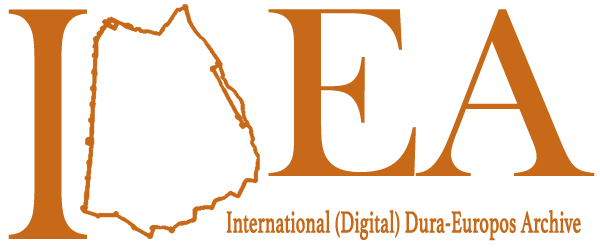IDEA is harnessing the power of Linked Open Data (LOD) to reassemble and re-contextualize archaeological information related to Dura-Europos.
Unique circumstances of preservation – including the construction of an earthen embankment to shore up the western city wall and the dry desert sands that packed the site after destruction – make Dura-Europos a rare archaeological resource. The city provides unparalleled glimpses into a multicultural religious life, the running of a military garrison, and domestic coexistence of different ethnic groups, and has preserved hundreds of organic materials that survive in the archaeological record from few other places.
But recognition as a singular resource for information about the ancient past has come at a price. Excavations involving multiple institutional partners and well-intentioned efforts to share-out access to physical objects from Dura has led to the dispersal of the site’s artifacts and other archival materials into collections across the world.
We’re using cutting-edge technology to power a new search feature for Dura-Europos archaeological data and archival content as a means to mitigate this physical dispersal and improve access to information across disciplinary and linguistic silos for the (global) public good.
Dura’s History
A brief introduction to Dura’s ancient inhabitants and the history of excavations. Learn why the digital accessibility of Dura data is more important than ever.
Collaborative Research
Learn how IDEA uses digital tools to collaborate across frontiers of discipline, language, and displacement.
Dura Gazetteer
Learn about digital urban gazetteers and their role in virtual reassembly.
Our Team
Meet the team behind IDEA.
Resources for Contributors
Tutorials and resources for editors contributing to the IDEA project. For access, email duraeuroposarchive[at]gmail.com.
Shared Bibliography
Browse or contribute to our shared bibliography of resources connected with Dura-Europos.
